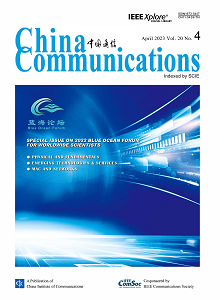PHYSICAL AND FUNDAMENTALS
This paper investigates the wireless communication with a novel architecture of antenna arrays, termed modular extremely large-scale array (XL-array), where array elements of an extremely large number/size are regularly mounted on a shared platform with both horizontally and vertically interlaced modules. Each module consists of a moderate/flexible number of array elements with the inter-element distance typically in the order of the signal wavelength, while different modules are separated by the relatively large inter-module distance for convenience of practical deployment. By accurately modelling the signal amplitudes and phases, as well as projected apertures across all modular elements, we analyse the near-field signal-to-noise ratio (SNR) performance for modular XL-array communications. Based on the non-uniform spherical wave (NUSW) modelling, the closed-form SNR expression is derived in terms of key system parameters, such as the overall modular array size, distances of adjacent modules along all dimensions, and the user's three-dimensional (3D) location. In addition, with the number of modules in different dimensions increasing infinitely, the asymptotic SNR scaling laws are revealed. Furthermore, we show that our proposed near-field modelling and performance analysis include the results for existing array architectures/modelling as special cases, e.g., the collocated XL-array architecture, the uniform plane wave (UPW) based far-field modelling, and the modular extremely large-scale uniform linear array (XL-ULA) of one-dimension. Extensive simulation results are presented to validate our findings.
